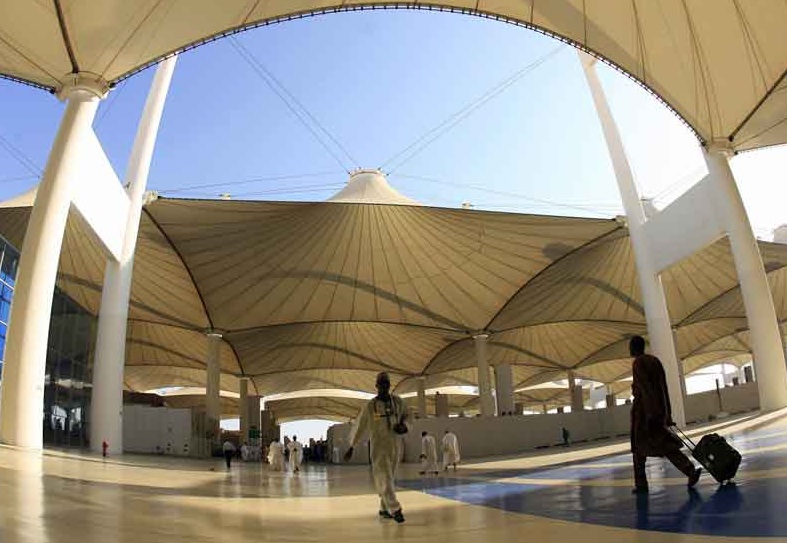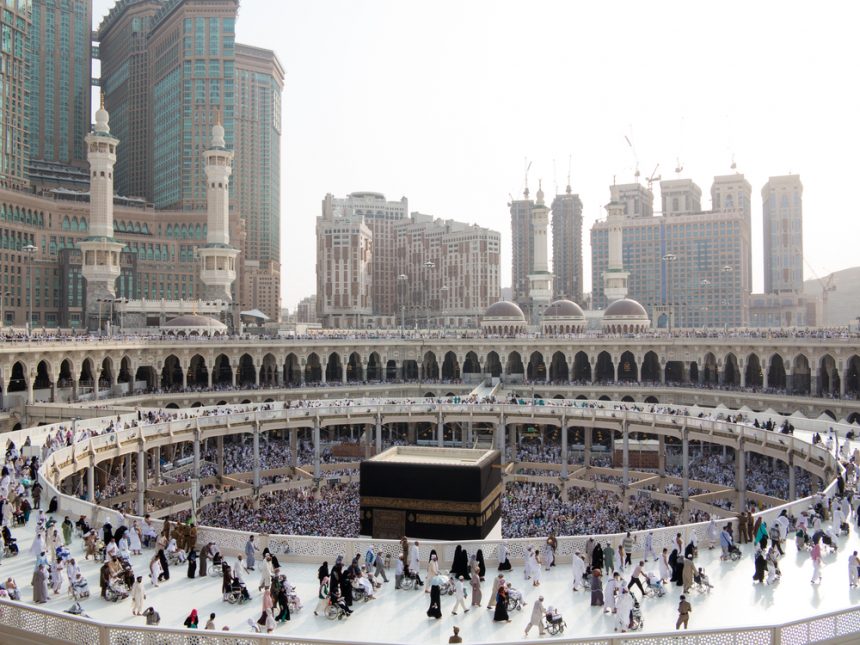Recent reports have revealed that 20 individuals have tragically lost their lives due to the extreme temperatures reaching 116F or 47C during the ongoing Hajj pilgrimage in Saudi Arabia. Both Jordan and Iran have seen casualties, with more individuals still unaccounted for. Officials are urgently cautioning worshippers to avoid the scorching heat, emphasizing the impact of climate change on the region.
The Hajj pilgrimage, a sacred journey for Muslims to Mecca, is a spiritual obligation to be fulfilled at least once in a lifetime. Commencing on Friday and concluding on Wednesday, this pilgrimage holds immense significance in Islam. However, no pilgrim anticipates facing death during this sacred journey.
Disturbing videos circulating on social media depict pilgrims abandoned on roadsides to perish, raising questions about the lack of assistance from fellow worshippers and the absence of warnings by Saudi authorities regarding the risks of heat-related illnesses. The urgency to address these concerns has intensified as the death toll continues to rise.
This annual Islamic pilgrimage to Mecca often coincides with high summer temperatures. Recent records show temperatures soaring to 113F (45C) in Mecca, while the Grand Mosque recorded a staggering 125F (52C). The Saudi Health Ministry confirmed over 2,700 cases of pilgrims experiencing heat-related stress.
To mitigate the risk posed by extreme heat, Saudi Arabia can implement measures such as planting trees to provide natural shade and cool the environment. Additionally, strategies like cooling mists, personal umbrellas, staying hydrated, and adjusting the timing of the Hajj to cooler hours can offer relief to pilgrims.
Tips to Stay Cool During Hajj

Plastic shades create a greenhouse effect, obstructing air circulation. Opt for cooler, shaded areas instead.
- Avoid direct sun exposure.
- Utilize light-colored umbrellas for protection.
- Stay hydrated by drinking ample water.
- Seek shelter in shaded, cool areas.
- Ensure adequate rest to prevent exhaustion.
- Exercise caution and avoid rushing through the rituals of Hajj.
If you are planning for Hajj next year, make sure to download our free guide for a sustainable and eco-friendly pilgrimage.
Amidst this challenging situation, prioritizing the well-being and safety of pilgrims is critical. By implementing practical solutions and fostering awareness, the risks associated with extreme heat during the Hajj pilgrimage can be effectively mitigated.






